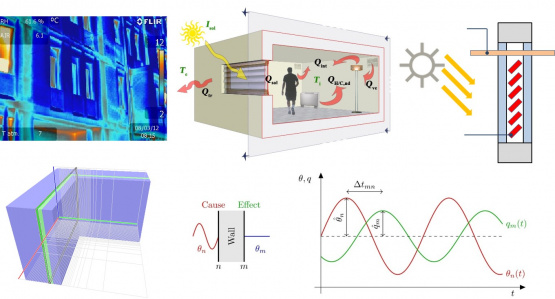|
|
- Course description:The course introduces the energy balance of a building and the calculation of its energy demand for heating, air conditioning, ventilation and lighting. It tackles also the calculation of heating and cooling loads of buildings. The building envelope and the interior walls are characterized also from the point of view of the acoustic performance, in order to comply with the law requirements. The course describes the most common types of HVAC systems and provides some basic information about natural and artificial lighting sources and related systems.

|
- Expected Learning Outcomes: Knowledge of calculation methods concerning energy demand and peak loads of HVAC systems for serving buildings. Ability to calculate the terms of the energy balance during the heating/cooling season: transmission and ventilation losses/gains, solar and internal heat gains, and main criteria adopted to reduce energy consumption. Ability to evaluate building passive acoustic requirements and to make design choices depending on components performance and on the acoustic correction of the environment. Knowledge of the fundamentals and operating principles of HVAC systems. Ability to size roughly an artificial lighting system and to evaluate the contribution given by natural lighting.
|
|
|